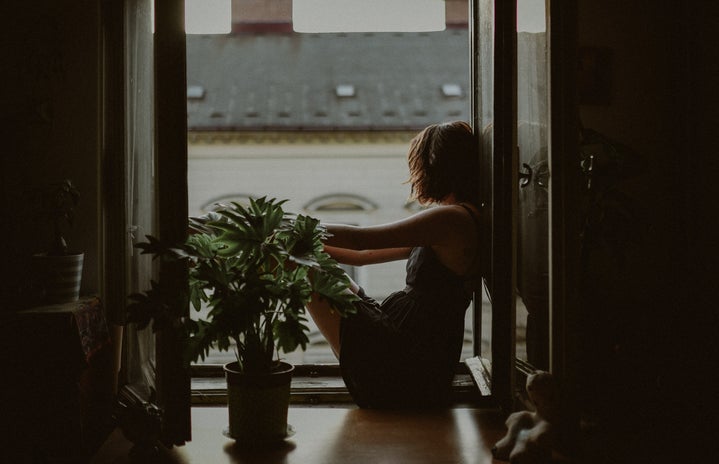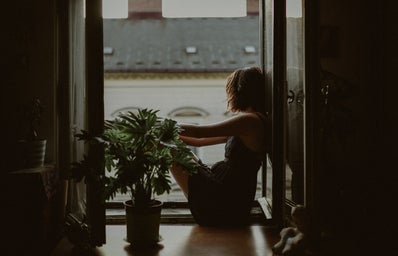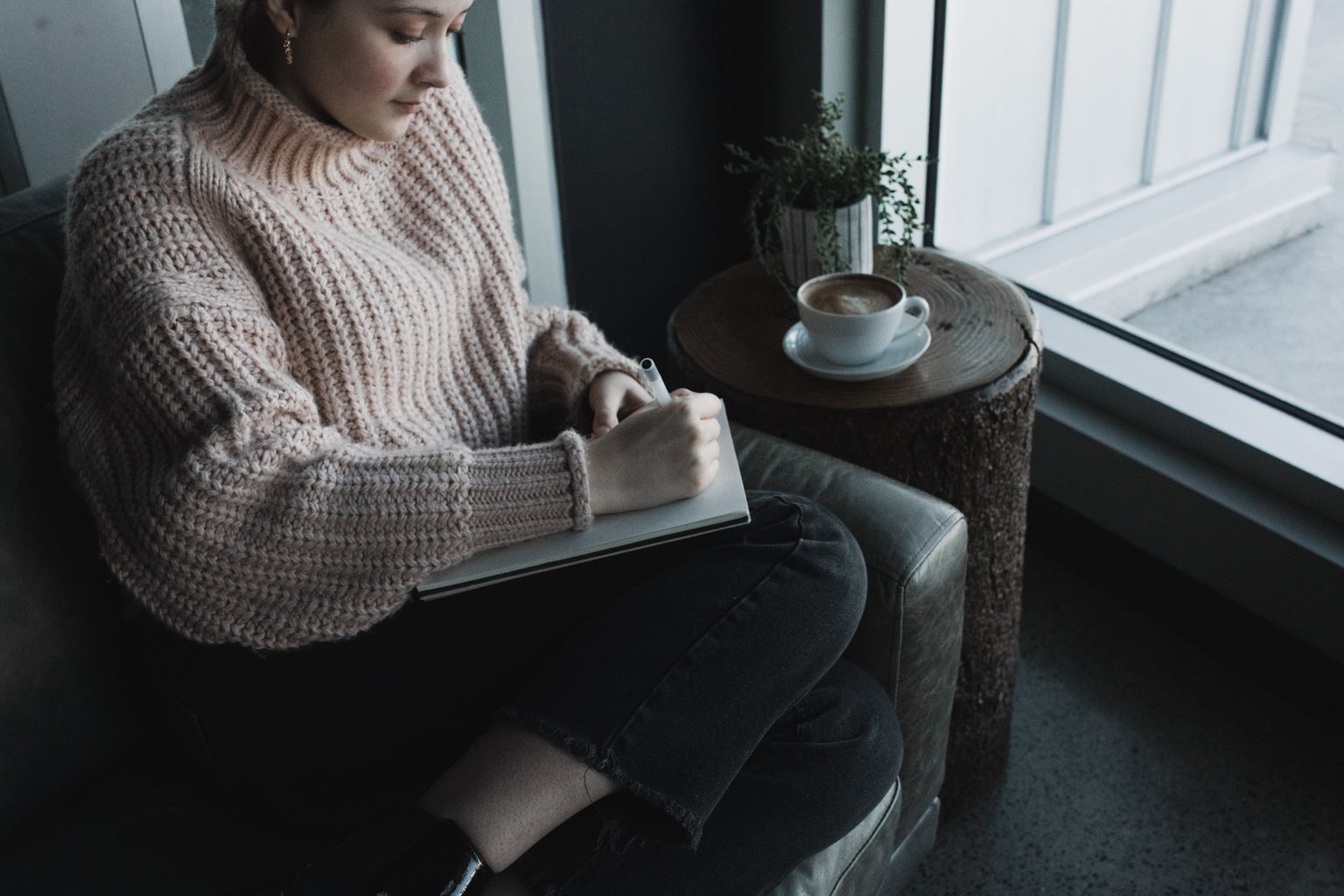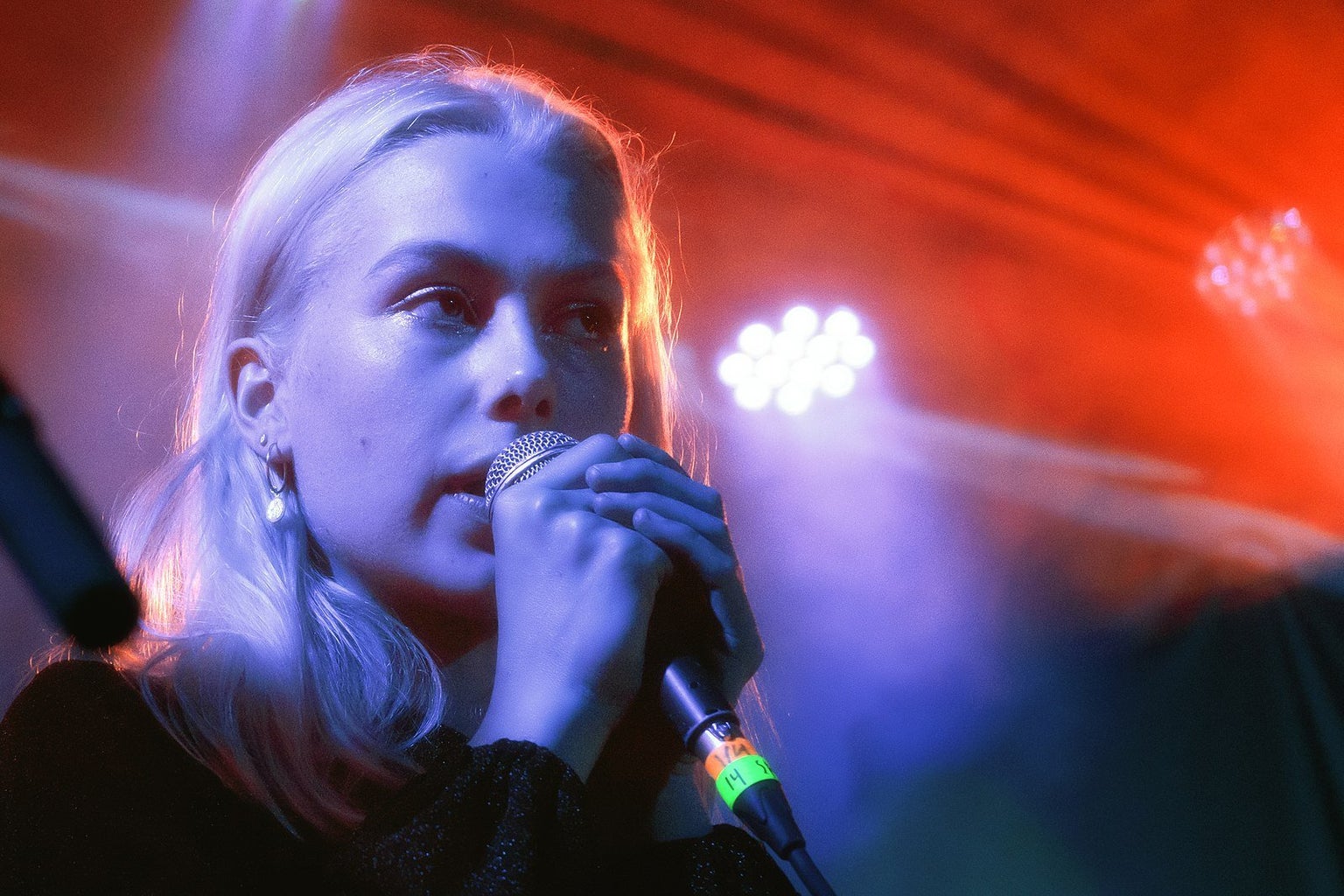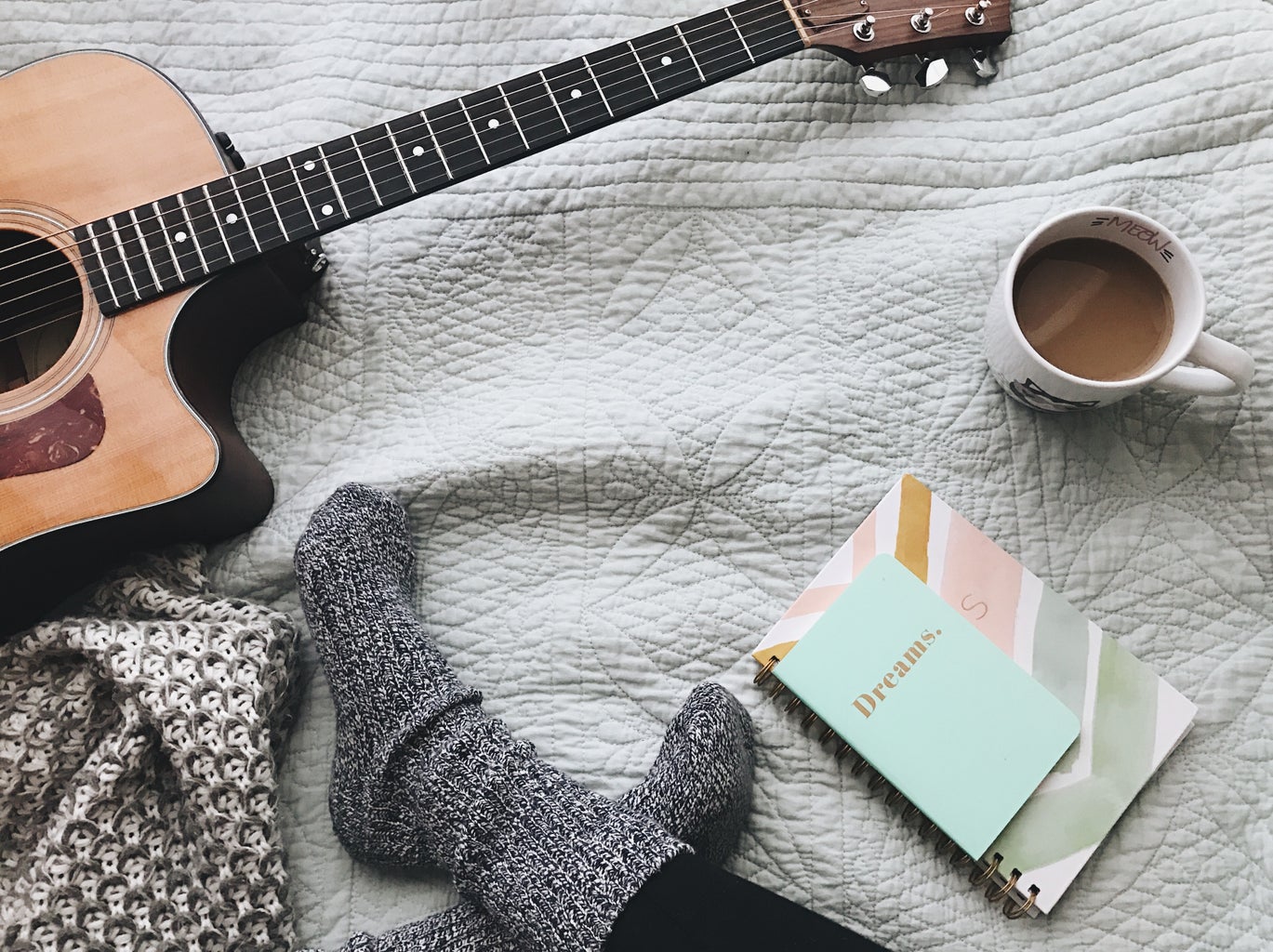My brain tends to form associations quickly and relentlessly. I feel it all the time; I eat tomatoes with basil and from then on, every tomato I eat tastes of basil; I have an anxiety attack at the airport and from then on, walking through the doors forms a pit in my stomach. The list goes on. Most recently, I’ve begun to associate sadness with creativity. This happened slowly and subconsciously, but the pattern is dangerous nonetheless. I don’t put my pen to paper and write something filled with emotion unless the emotions are negative. More simply, I only write when I’m feeling down—when I need to express and I don’t know how. When I open a document on my computer or flip a page in my notebook, the words are dark and blue, yet I find them beautiful, and I feel myself making work that I’m proud of. I feel myself getting trapped in the sadness and I lock myself there in order to keep producing.
Unsurprisingly, much of the artistic content I consume is filled with sadness. I find the most beautiful and poetic work is often blue. I love Phoebe Bridgers, Sally Rooney, and Noah Baumbach. I think the link between sadness and good art has been romanticized in our society. Many have claimed that art’s sole purpose is to raise buried feelings of sadness, disturb the mundane, and ask difficult existential questions. Further, research demonstrates a strong link between mental illness and the creation of art. In fact, artists and writers are up to 20 times more likely to suffer from bipolar disorder and 10 times more likely to suffer from depression. Essentially, as a society, we derive entertainment from work created during other’s despair.
With this, it’s clear that the association between art and sadness isn’t entirely internal, it has been planted from external sources as well. So how do I fix this pattern? How can I stop myself from longing to be sad in an attempt to be creative? I’ve found that the best way to go about this is to make creative practices routine, rather than something only there in times of sadness. I try to write morning pages every day when I wake up and play the guitar upwards of five times a week. Making this a routine has eliminated the pressure to write only when I’m feeling down and has instead given me the chance to express a wide range of emotions in my writing. This has shown me that powerful work can come from all different feelings and evoke all different feelings.
As much as I love works that elicit gloom in poetic and glamorous ways, it’s crucial to be mindful of why the work touches me, rather than simply absorbing the negative emotions from the piece. Maybe it makes me feel comforted or understood; maybe the language is imaginative; or maybe it creates a world unlike ours. No matter the case, I’m committed to recognizing when I over-romanticize sadness and appreciating works without trying to mimic their sorrow.
